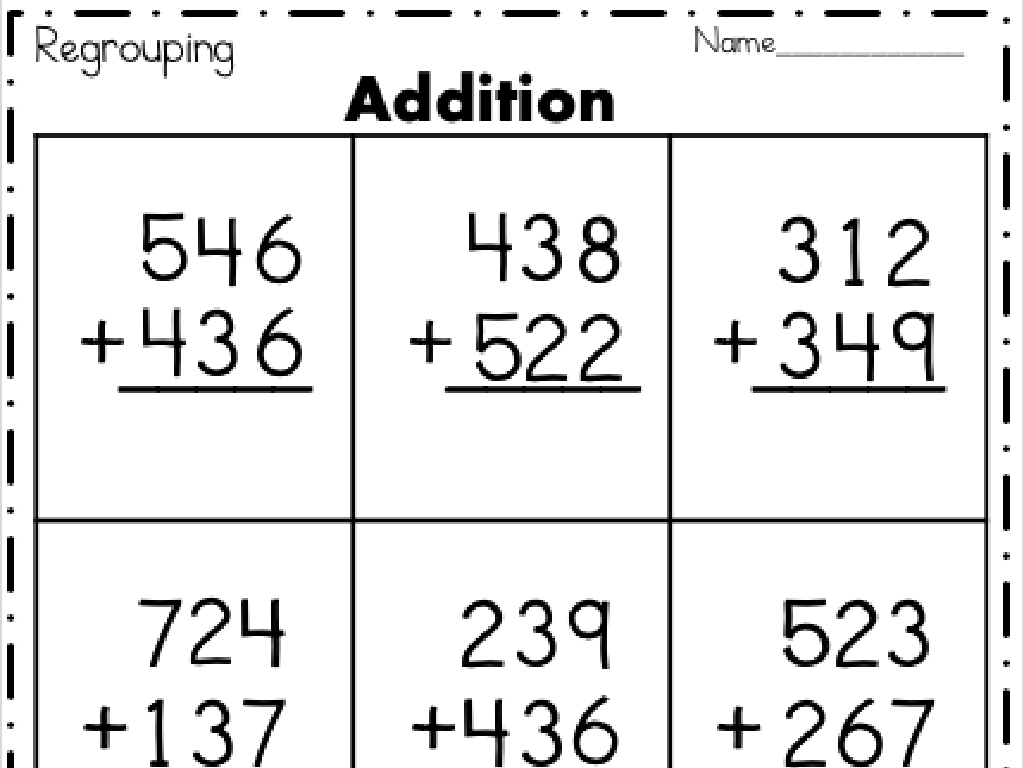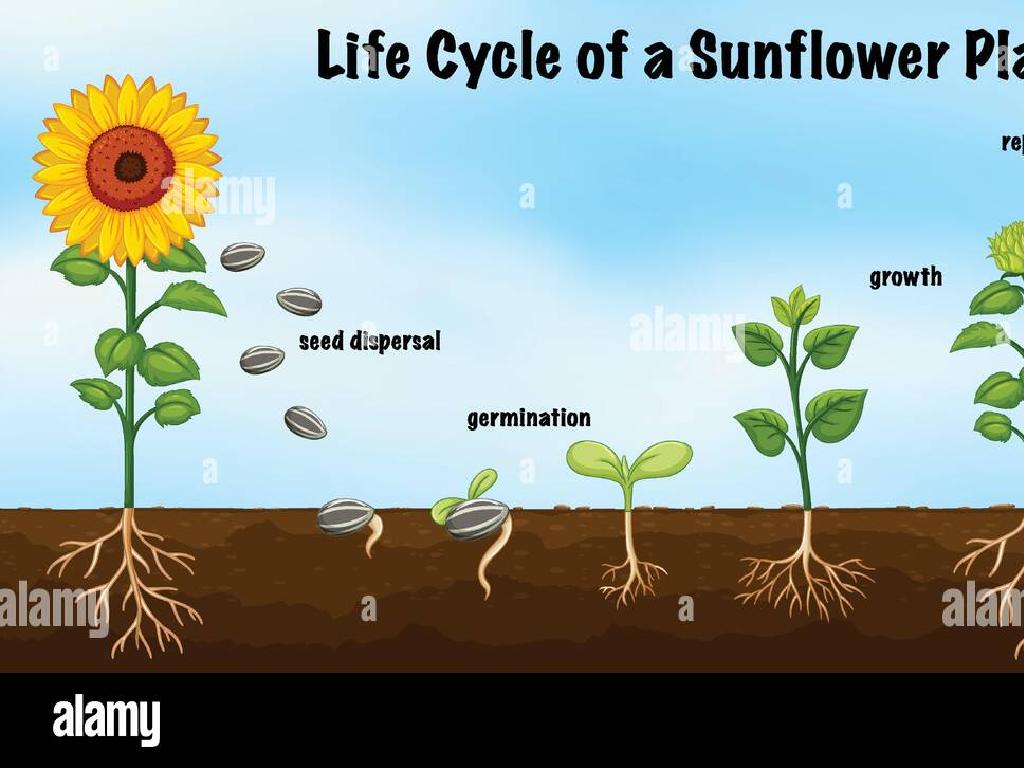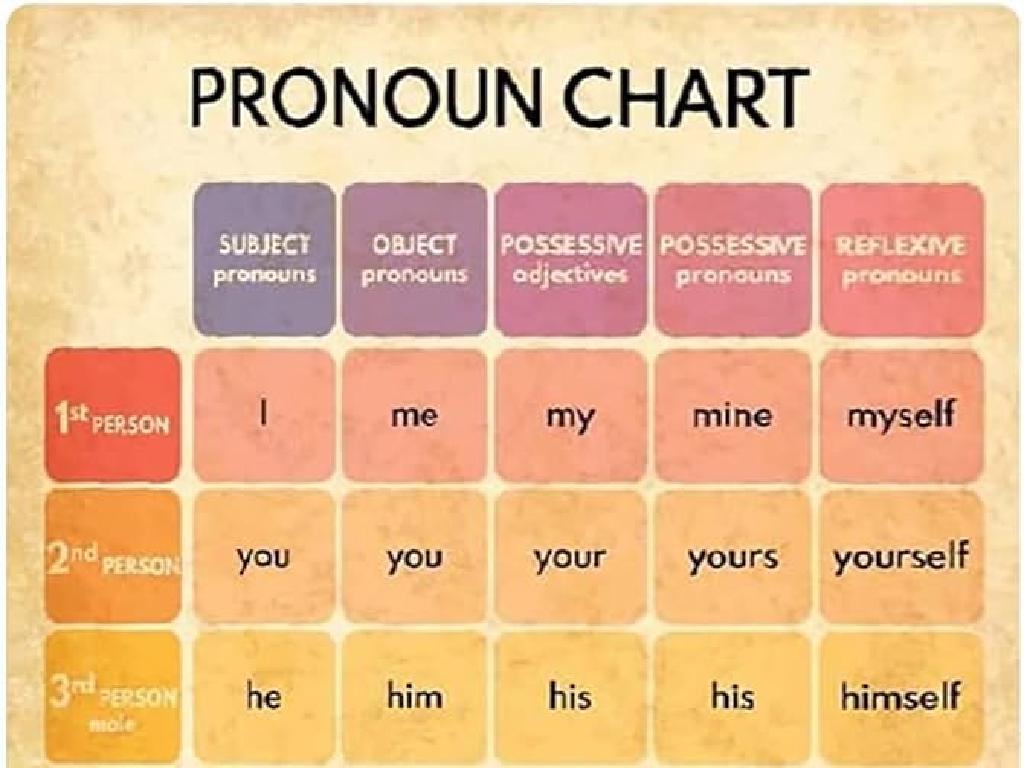Region Profile: South America
Subject: Social studies
Grade: Eighth grade
Topic: The Americas: Society And Environment
Please LOG IN to download the presentation. Access is available to registered users only.
View More Content
Exploring South America: Diversity and Environment
– Introduction to South America
– A vast continent with rich history and geography.
– Today’s learning objectives
– Cultural diversity in South America
– A mosaic of indigenous and colonial cultures.
– Environmental diversity across the continent
– From Amazon rainforest to Andean peaks.
|
Begin the lesson by introducing South America as a continent with a diverse range of countries, each with its own unique history, culture, and geography. Outline the learning objectives for the day, which include understanding the cultural and environmental diversity of South America. Highlight the mix of indigenous cultures and the impact of European colonization, which has led to a rich cultural tapestry. Discuss the variety of environments found in South America, from the dense biodiversity of the Amazon rainforest to the majestic Andes mountains, and how these environments shape the lives of the people who live there. Encourage students to think about the relationship between the environment and culture as they learn more about this fascinating continent.
Physical Geography of South America
– Explore Andes Mountains & Amazon
– Andes: longest continental mountain range; Amazon: largest rainforest
– Climate zones: Amazon to Patagonia
– From humid tropical climates to Patagonia’s cold dry steppes
– Geography’s impact on settlements
– Settlements often near water sources, fertile land, or mineral deposits
– Human activities shaped by terrain
– Agriculture, mining, and tourism vary with geography
|
This slide aims to give students an overview of South America’s diverse physical geography and its influence on human life. The Andes Mountains and the Amazon River are significant landmarks that shape the continent’s climate and ecosystems. Students should understand how the varied climate zones, from the lush Amazon basin to the frigid regions of Patagonia, affect where people live and how they adapt to their environment. Discuss the role of geography in the development of settlements, focusing on the availability of natural resources and the suitability for agriculture, mining, and tourism. Encourage students to think about how living in different parts of South America might influence their daily lives and economic opportunities.
Cultural Overview of South America
– Major languages and ethnicities
– Spanish and Portuguese are predominant, with diverse ethnic groups including Indigenous peoples.
– Impact of indigenous, European, and African heritage
– Indigenous traditions, European colonization, and African influences shape the cultural mosaic.
– Cultural expressions in South America
– Music genres like Salsa, Tango, and Samba, and dances that tell stories of cultural fusion.
– Celebrating through music, dance, and festivals
– Festivals like Carnival in Brazil and Inti Raymi in Peru showcase the region’s vibrant traditions.
|
This slide aims to give students a snapshot of the rich cultural tapestry of South America. It’s important to emphasize the diversity of languages, with Spanish and Portuguese being the most spoken, but also many indigenous languages still in use. The ethnic groups are a reflection of the continent’s history, from the original Indigenous populations to the impact of European colonization and the African diaspora. Cultural expressions such as music and dance are not only forms of entertainment but also a window into the historical and social narratives of the people. Festivals are a culmination of these expressions, where the vibrancy, diversity, and spirit of South America are on full display. Encourage students to explore these cultural aspects further through research and multimedia resources.
Political Landscape of South America
– Countries and capitals overview
– South America has 12 sovereign countries, each with its own capital.
– Political systems and events
– Democracies, republics, and recent political changes are key points.
– Role of regional organizations
– Organizations like Mercosur promote economic cooperation.
– Mercosur’s impact
– Mercosur aids in trade agreements and policy alignment among members.
|
This slide aims to provide students with a foundational understanding of the political geography of South America. Begin by introducing the 12 countries and their capitals, which will help students visualize the region’s political map. Discuss the variety of political systems present in these countries, highlighting any significant current events that may be influencing the political landscape. Explain the role of regional organizations, particularly Mercosur, in fostering economic and political cooperation. Emphasize Mercosur’s role in trade and policy-making, which has significant implications for the economies and societies of member countries. Encourage students to think about how these political structures and alliances can affect the environment and society as a whole.
Economy and Resources of South America
– Amazon rainforest resources
– The Amazon is rich in biodiversity and offers wood, medicinal plants, and more.
– Economic activities overview
– Industry, agriculture, and tourism drive the economy in different regions.
– Challenges in South American economy
– Issues like deforestation, inequality, and political instability affect growth.
– Opportunities for economic growth
– Potential in eco-tourism, sustainable farming, and technology sectors.
|
This slide aims to provide students with an understanding of South America’s rich natural resources and diverse economic activities. Emphasize the importance of the Amazon rainforest not only for its biodiversity but also for its contribution to the global ecosystem and local economies. Discuss how industry, agriculture, and tourism vary across countries and regions, reflecting the continent’s diversity. Highlight the challenges South America faces, such as environmental threats and economic disparities, while also pointing out the opportunities for sustainable development and innovation. Encourage students to think critically about how these factors interplay and affect the lives of South Americans.
Environmental Issues in South America
– Key concerns: deforestation, pollution
– Deforestation for agriculture, logging, and mining leads to habitat loss.
– Human impact on the Amazon
– Activities like farming and logging change the landscape and harm biodiversity.
– Conservation efforts in ecosystems
– Efforts include creating protected areas and enforcing environmental laws.
– Sustainable development initiatives
– Sustainable practices aim to balance growth with environmental protection.
|
This slide addresses the pressing environmental issues in South America, with a focus on deforestation and pollution. Emphasize the scale of deforestation in the Amazon, which is the largest rainforest on Earth, and its global importance. Discuss how human activities such as agriculture, logging, and mining contribute to habitat destruction and climate change. Highlight the various conservation efforts, such as the establishment of protected areas and the implementation of stricter environmental regulations. Additionally, discuss sustainable development initiatives that aim to promote economic growth without compromising the environment. Encourage students to think critically about the balance between development and conservation, and how their actions can impact global ecosystems.
South America Today: A Contemporary Overview
– Current events shaping South America
– Discuss recent news and their impact on South America’s future
– South America’s global role
– Explore South America’s contributions and interactions on the world stage
– Regional success stories
– Celebrate achievements in economics, politics, and culture
– Ongoing challenges faced
– Address issues like inequality, deforestation, and political instability
|
This slide aims to provide students with a current perspective on South America, emphasizing its dynamic role in the world. Begin by discussing recent events, such as elections, economic reforms, or environmental policies, and how these events might influence the future of the continent. Highlight South America’s participation in international organizations and trade, showcasing its influence in global affairs. Share success stories, perhaps focusing on advancements in technology, successful conservation efforts, or cultural achievements that have gained international recognition. Lastly, address the challenges the region continues to face, such as social inequality, threats to biodiversity, and political unrest, to give students a balanced understanding of South America’s current state. Encourage students to think critically about how these factors interplay and what potential solutions could look like.
Class Activity: Crafting a South American Country Profile
– Form groups and pick a country
– Research your country’s profile
– Look into the country’s landscape, people, and history
– Include geography, culture, economy
– Explore cultural practices, food, music, and traditions
– Plan a creative class presentation
– Investigate the country’s industries, trade, and challenges
|
This activity is designed to engage students with the diverse aspects of South American countries. By working in groups, students will collaborate to research and create comprehensive profiles that include geographical features, cultural elements, economic factors, and current events. Encourage them to use reliable sources and to think critically about the information they gather. The creative presentation can be in the form of a poster, digital slideshow, skit, or any other format that allows them to express their findings effectively. Provide guidance on research methods and presentation skills. Possible activities: one group could focus on the Amazon rainforest in Brazil, another on the Andean culture in Peru, while another examines the economic growth of Chile. This will help students appreciate the complexity and uniqueness of each country within the region.






